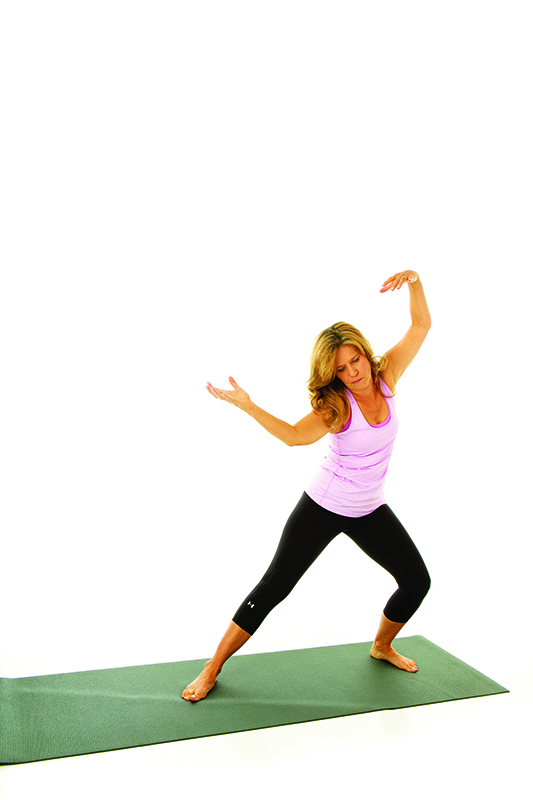Essentrics®: a flexibility and strength building workout for all ages
Text by Kimberly Woodring | Photography by Jim Wells
What is it?
ESSENTRICS® is a full body fitness program designed to engage all 650 muscles and promote mobility, body shaping and pain-relief. Created by Miranda Esmonde-White, a former ballerina, author of the New York Times bestseller, Aging Backwards, and host of the #1 fitness TV show on PBS, Classical Stretch—the technique develops lean, strong and flexible muscles with immediate changes to your posture. This workout leaves you feeling energized, youthful and healthy. We use standing, floor and barre techniques to enhance the movements. Essentrics is a form of functional fitness.
Some BENEFITS of ESSENTRICS®:
– Improves posture and increases range of motion
– Strengthens the spine and core
– Increases flexibility and mobility
– Helps relieve pain
– Supports injury prevention
– Enhances athletic performance (agility and speed)
Who it is for
ESSENTRICS® Perfect for men and women of all fitness levels, this program rebalances the body, prevents and treats injuries and unlocks tight joints. It has been the workout of choice for Olympians over the last 15 years and is followed by numerous celebrities and pro-athletes alike, including the NHL’s Montreal Canadian’s. Regardless of age, gender or fitness level—Essentrics can help anyone become fit, healthy and energized in their bodies!
How to Improve your posture & gain flexibility of your spine
Stand in a lunge position, then imagine that you are pushing a heavy object as you lengthen through the spine, straighten your arms and continue to push through to the end of your stretch. You can push up on a diagonal or straight out in front. You should feel various muscles in your back engaging.
Next, imagine you are pulling a stubborn donkey. Focus on rounding your spine, grab and pull with your arms. Imagine feeling the resistance and shift your weight onto your back leg. Make sure to tuck your tailbone as you pull under.
Release tension as you raise your arms towards the ceiling and then lengthen through your body, shifting your weight forward. Now, rotate your palms away and imagine you are pressing the walls away as you squeeze your shoulder blades together opening up your chest, keeping your spine long and vertebrate separated. Don’t allow your spine to sink, stay focused on pulling up. Repeat sequence by changing the leg that leads the lunge.
Relieving back pain through spinal mobility & lateral flexion of the spine (may relieve back pain)
Stand with your feet slightly further than hips width apart. Imagine you are holding a beach ball (relax your arms – beach balls are light). Raise the ball overhead towards the ceiling then lean to one side engaging side musculature. You should feel your side muscles lengthen and stretch. Next, begin to pull towards the other side by leading the move with your rib cage, pull up towards ceiling then continue to reach over to the other side.
Repeat the side-to-side motion. Another movement you can perform is focusing on pulling up and out with your rib cage, deepening the side stretch to tone the waist or you can do a released and relaxed sway to gently massage your upper back.
Relaxing the upper body through a spinal roll
Start by pulling up really tall lengthening the vertebrate reaching towards the ceiling
Begin to relax your neck, tuck your tailbone under and gently roll down one vertebrate at a time releasing and relaxing, softly bending your knees.
Imagine you are a zombie/rag doll just hang limply and gently swaying side-to-side letting all the stress and tension go. If you have back issues such as a slipped disc or low back pain, place your hands on your thighs and only roll down as far as it is comfortable.
Hip exercises through chair work movements
Begin by placing one foot on the seat of the chair, keeping both knees bent. Now do side-to- side movements with your hips lifting the hip up then pressing the hip down and away. This movement will continue to loosen tension in the hip and lumbar area. Repeat 3-4 times, then walk around the chair and repeat with your other leg.
Relieving pain through chair work movements
Place one leg on a chair while keeping your knee straight as possible, bend the standing leg. Lean forward keeping your spine straight and extend your arm, pulling up at a diagonal lengthen out as much as you can to deepen the stretch in the hamstring and the spine. Gently move in and out of this stretch – don’t hold this position
Hold onto the back of the chair and begin to rotate your body away from the leg that is on the chair. Use your arm to assist the spine in the rotation; you should feel a stretch in IT Band (the ligaments and tendons that run along the outside of that leg) and hold this rotation for about 5 seconds. Walk to other side of chair and repeat steps one and two.
The chair stretch for the psoas begins by placing your foot flat on the chair. Bend your back knee while lifting your heel so you are on your toes. Shift your weight forward and tuck your tailbone.Keeping tailbone tucked under slowly press the standing heel back towards the floor. This will help stretch the psoas.
Shift your weight forwards keeping tailbone tucked under and carefully bend the standing legs knee down towards the floor. Keep your weight centered over the seat of the chair. This is a deep quadriceps stretch. Do Not hold this stretch but gently move in and out of it by repeating step 3 back into step 4. Repeat 2-3 times and change legs.

